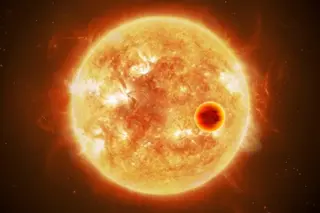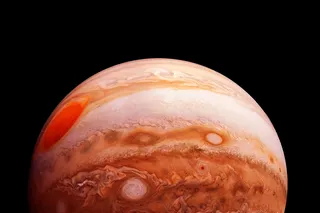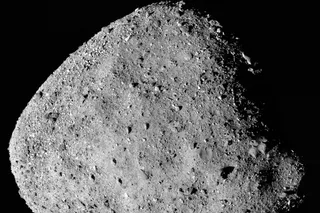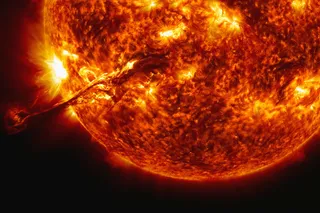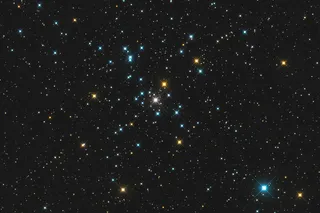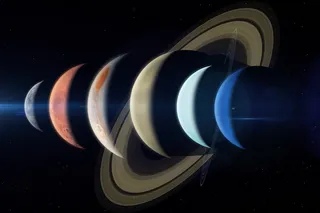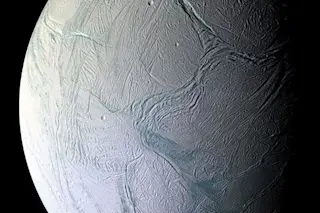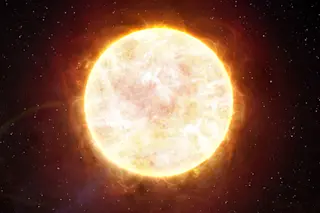Astronomers can’t stop debating about the definition of a planet (see: Pluto). But one thing is for sure — there are a lot of objects that skirt the line between two types of cosmic bodies.
Now, researchers are adding a new kind of boundary-bending world to the mix. In research set to be published in the Monthly Notices of the Royal Astronomical Society, astronomers named a new class of theorized objects that begin as moons around large planets, but eventually move out on their own. They call them “ploonets.” The scientists think these objects should exist in solitary orbits around their host stars and could even be discovered in observations from past and present exoplanet-hunting surveys, like Kepler and TESS.
And to put a cherry on top of the ploonet pie: Because Earth’s own moon is slowly spiraling away from our planet, the team says our only natural satellite may ...


